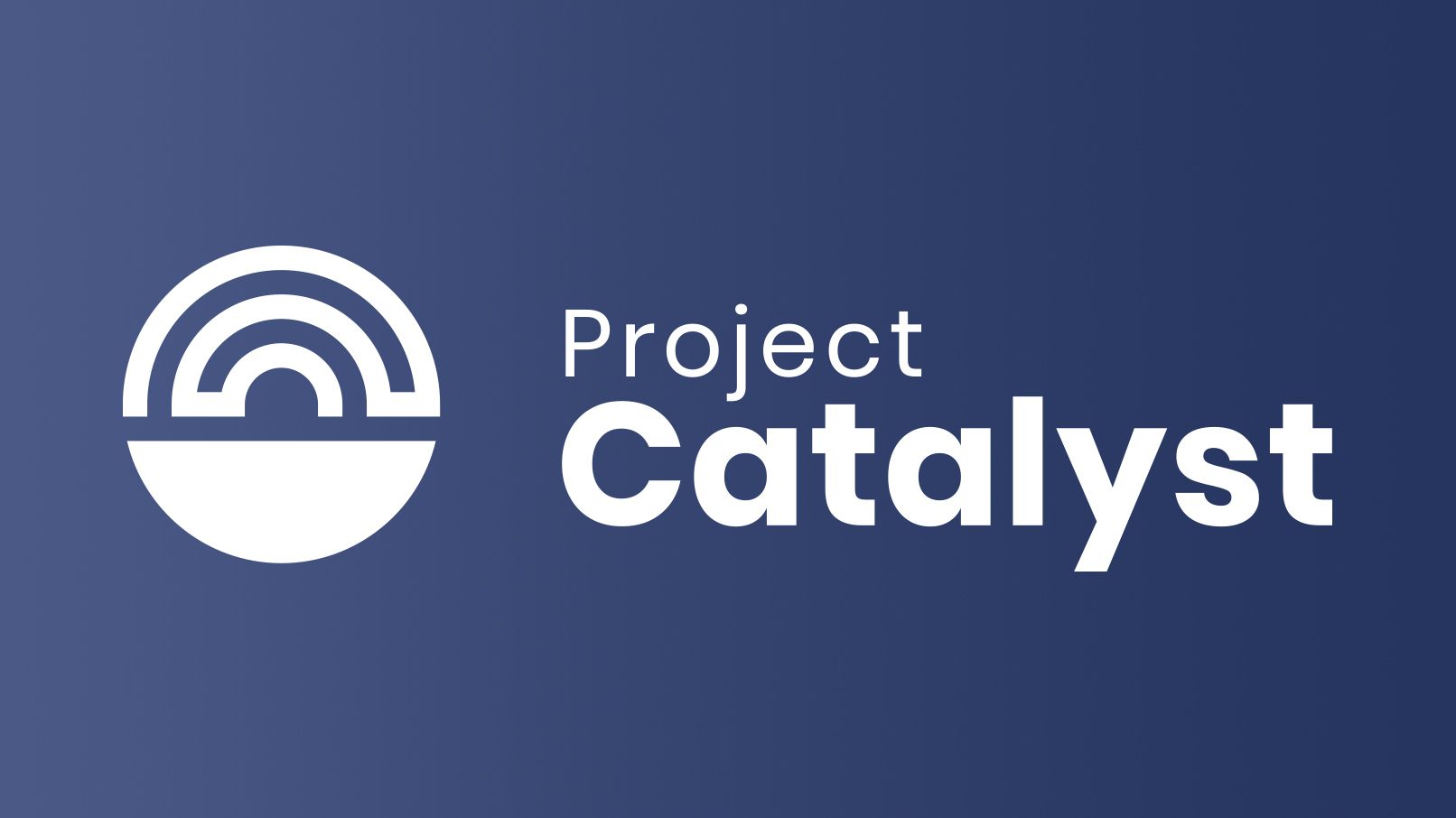Understanding The Ethereum Merge: What Is The ETH Merge?
7 min read
Oct 11, 2024
Explore Ethereum's groundbreaking transition from Proof-of-Work to Proof-of-Stake through The Merge, its impact on users, and the future of ETH.

Few events have garnered as much attention and excitement as Ethereum's "The Merge." This groundbreaking transition marked a pivotal moment in the history of decentralized networks, ushering in a new era of sustainability, scalability, and innovation. But what exactly was The Merge, and why does it matter?
Also read: 5 Most Shocking Facts About BNB You Didn't Know
From its environmental impact to its potential for reshaping the future of decentralized applications, we'll examine how this monumental shift is set to influence the blockchain landscape for years to come. Understanding The Merge is crucial to grasping the future direction of Ethereum and the wider world of cryptocurrencies.
What was The Merge?
The Merge marked a pivotal moment in the history of Ethereum, the world's second-largest cryptocurrency platform. This monumental event, which took place on September 15, 2022, represented the culmination of years of research, development, and testing by the Ethereum community. But what exactly was The Merge, and why did it generate such excitement in the crypto world?
At its core, The Merge was the joining of Ethereum's original execution layer (the Mainnet) with its new proof-of-stake consensus layer, the Beacon Chain. This union signified Ethereum's transition from a proof-of-work (PoW) to a proof-of-stake (PoS) consensus mechanism, fundamentally altering how the network validates transactions and secures itself.
Explore Ethereum With NuFi

NuFi wallet is your safe and secure multichain crypto wallet, which you can use to swap crypto for crypto, stake cryptocurrencies, or simply access the Web3 space with our social login. Easily access millions of digital assets across multiple blockchains.
You can also export all your transactions in CSV format. Install NuFi wallet as a browser extension or use it as a web wallet in 10 seconds.
Why is The Merge Important?
The importance of The Merge cannot be overstated in the context of blockchain technology and cryptocurrency evolution. This transition addressed several critical issues and brought about significant improvements:
1. Energy efficiency
The shift to PoS drastically reduced Ethereum's energy consumption by approximately 99.95%, addressing one of the most persistent criticisms of blockchain technology.
2. Enhanced security
The new consensus mechanism introduced additional layers of security, making the network more resilient against attacks.
3. Scalability foundations
While The Merge itself didn't immediately solve Ethereum's scalability challenges, it laid the groundwork for future upgrades that will significantly increase the network's capacity.
4. Reduced issuance
The transition decreased the rate at which new ETH is created, potentially making it more scarce and valuable over time.
These improvements positioned Ethereum to better compete with emerging blockchain platforms and solidified its role as a leader in the decentralized application (DApp) and smart contract space.
The Evolution of Ethereum

To fully appreciate The Merge, it's essential to understand Ethereum's journey:
2013: Vitalik Buterin proposes Ethereum as a platform for decentralized applications.
2015: Ethereum launches with a proof-of-work consensus mechanism, similar to Bitcoin.
2016-2020: The Ethereum community begins discussing and planning for a transition to proof-of-stake.
December 1, 2020: The Beacon Chain launches, running parallel to the Ethereum Mainnet.
September 15, 2022: The Merge occurs, unifying the Beacon Chain with the Mainnet.
This evolution demonstrates Ethereum's commitment to innovation and its ability to adapt to the changing needs of its users and the broader blockchain ecosystem.
Merging with Mainnet
The actual process of merging the Beacon Chain with the Ethereum Mainnet was a complex technical feat. It involved:
1. Extensive testing: Multiple testnets were used to simulate The Merge and identify potential issues.
2. Coordinated effort: Developers, node operators, and miners had to work in unison to ensure a smooth transition.
3. Precise timing: The Merge was triggered at a specific Total Terminal Difficulty (TTD) value, ensuring a seamless switch from PoW to PoS.
This careful orchestration allowed for a successful transition without disrupting the ongoing operations of the Ethereum network, a remarkable achievement given the scale and importance of the platform.
What Changes with The Merge?
The Merge brought about several significant changes to the Ethereum ecosystem:
1. Consensus mechanism
The shift from PoW to PoS fundamentally altered how transactions are validated and new blocks are added to the chain.
2. Block creation
In the new PoS system, blocks are created by validators who have staked their ETH, rather than miners solving complex mathematical puzzles.
3. Energy consumption
The move to PoS dramatically reduced Ethereum's energy usage, addressing one of the main criticisms of blockchain technology.
4. Issuance rate
The rate at which new ETH is created decreased significantly, potentially impacting the token's economics.
5. Network participants
The role of miners was replaced by validators, changing the dynamics of who can participate in securing the network and how.
These changes represent a significant evolution in Ethereum's architecture and set the stage for future improvements in scalability and functionality.
Proof-of-Work vs. Proof-of-Stake
Understanding the difference between these two consensus mechanisms is crucial to grasping the significance of The Merge:
Proof-of-Work (PoW)
In PoW, miners compete to solve complex mathematical puzzles to validate transactions and create new blocks. This process requires significant computational power and energy consumption.
Proof-of-Stake (PoS)
PoS selects validators to create new blocks based on the amount of cryptocurrency they "stake" as collateral. This method is far more energy-efficient and allows for broader participation in network security.
Read more: How to log into a crypto wallet with Google, Facebook, X, or Discord?
The transition to PoS addresses several limitations of PoW, including high energy consumption, potential centralization due to expensive mining equipment, and scalability issues.
How The Merge Affects Ethereum Users

For the average Ethereum user, The Merge brought both immediate and long-term changes:
Immediate effects
- No action required: Users didn't need to do anything to their funds or wallets during The Merge.
- Uninterrupted service: The network continued to function without downtime during the transition.
Long-term impacts
- Potentially lower transaction fees: While not an immediate effect, The Merge laid the groundwork for future upgrades that could reduce gas fees.
- Increased network efficiency: Users may experience faster transaction confirmations and improved network stability.
- Environmental considerations: Users can now transact on a much more environmentally friendly network.
Benefits of The Merge
The Merge brought numerous benefits to the Ethereum ecosystem:
1. Environmental sustainability
By reducing energy consumption by ~99.95%, Ethereum significantly decreased its carbon footprint, addressing a major criticism of cryptocurrency.
2. Improved security
The PoS mechanism introduces economic penalties for malicious actors, making attacks more costly and less likely.
3. Decentralization
Lower hardware requirements for validation allow for broader participation in network security.
4. Reduced ETH issuance
The decrease in new ETH creation could potentially lead to deflationary pressure on the cryptocurrency.
5. Foundation for future upgrades
The Merge set the stage for future improvements, including sharding, which could dramatically increase Ethereum's scalability.
Challenges and Risks of The Merge
Despite its success, The Merge was not without challenges and potential risks:
1. Technical complexity: The transition required meticulous planning and execution to avoid network disruptions.
2. Centralization concerns: Some worry that large ETH holders could gain disproportionate control over the network.
3. Short-term market volatility: The uncertainty surrounding The Merge led to fluctuations in ETH's market value.
4. Potential for unforeseen issues: As with any major technological upgrade, there's always a risk of unexpected problems emerging over time.
The Future of Ethereum After The Merge
The Merge is just the beginning of Ethereum's ongoing evolution. Future developments include:
1. Sharding
This scaling solution aims to significantly increase Ethereum's transaction throughput and reduce gas fees.
2. Layer 2 solutions
Continued development of Layer 2 protocols will further enhance Ethereum's scalability and user experience.
3. Improved smart contract capabilities
Future upgrades may introduce new functionalities and efficiencies in smart contract execution.
4. Broader adoption
As Ethereum becomes more efficient and sustainable, it may attract more developers, businesses, and users to its ecosystem.
Conclusion
The Merge represents a watershed moment in the history of Ethereum and blockchain technology as a whole. By successfully transitioning to a proof-of-stake consensus mechanism, Ethereum has demonstrated its ability to evolve and address critical challenges facing the cryptocurrency industry.
As we look to the future, The Merge sets the stage for further innovations that could revolutionize decentralized finance, smart contracts, and digital ownership. While challenges remain, the Ethereum community's commitment to continuous improvement and adaptation suggests a bright future for this groundbreaking platform.
You might also want to read: What Is Bridging In Crypto And How Does It Work?
The true impact of The Merge will unfold in the coming years, but one thing is certain: it has reshaped the landscape of blockchain technology and set a new standard for environmental sustainability in the crypto world. As Ethereum continues to evolve, it will undoubtedly play a crucial role in shaping the future of decentralized technologies and their integration into our daily lives.
Recent Posts

NuFi wallet x OneKey: best-in-class security while you put your crypto to work
NuFi wallet and OneKey: a potent combo for crypto users who want best-in-class hardware wallet security while staking, trading, and using dApps.
Read More

Project Catalyst Fund14: Have your say on how Cardano grows
Make your voice heard in Cardano by voting for the new projects that deserve funding.
Read More